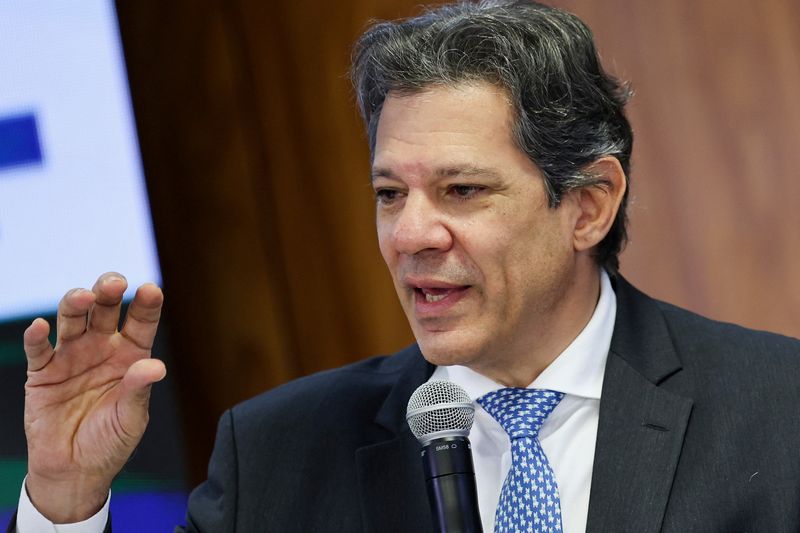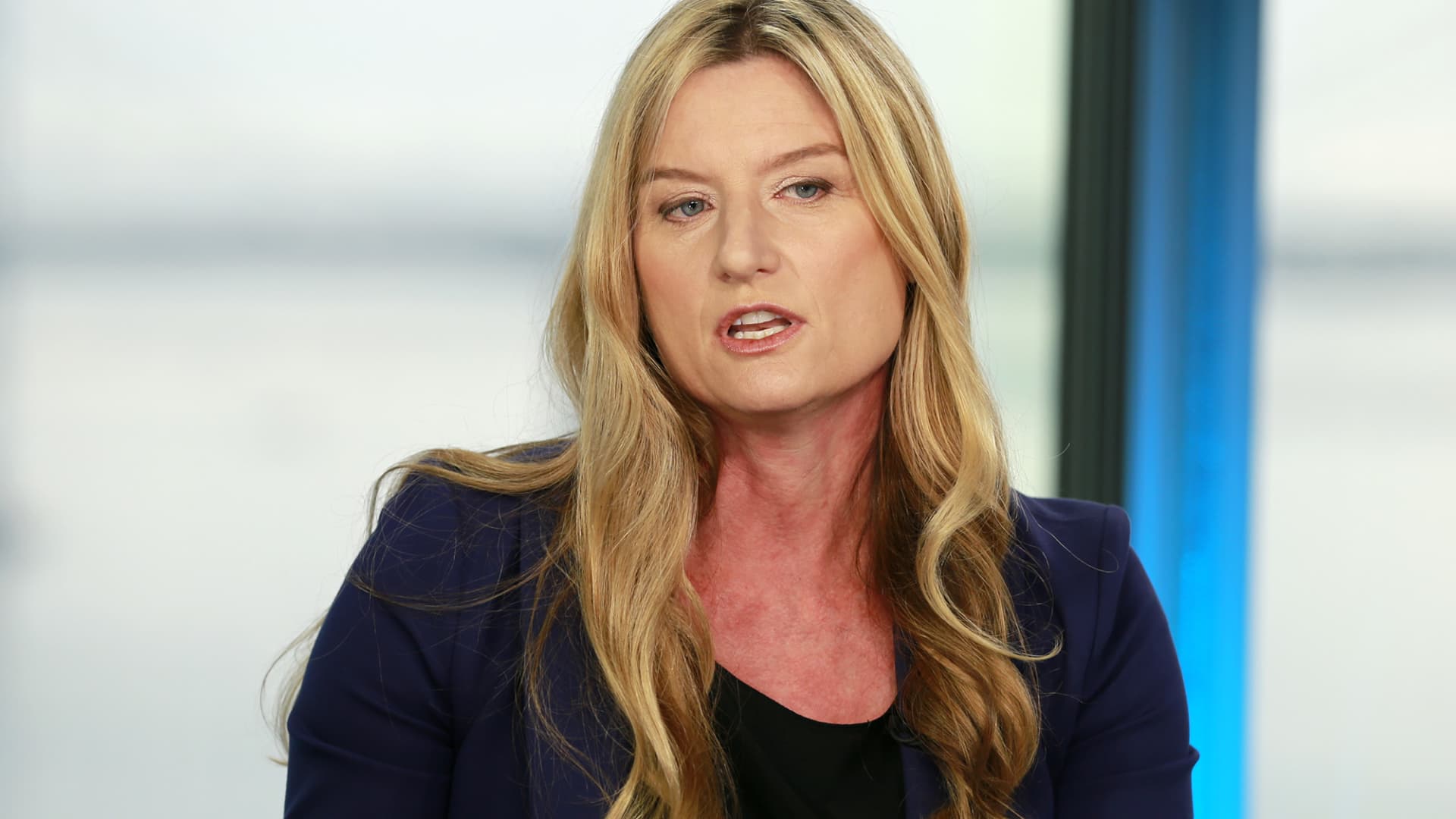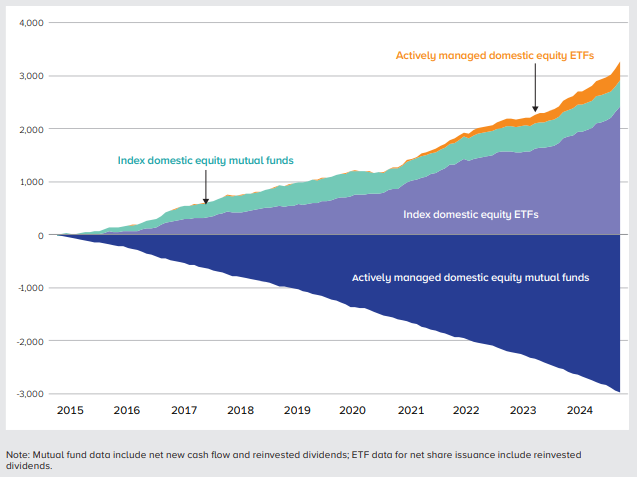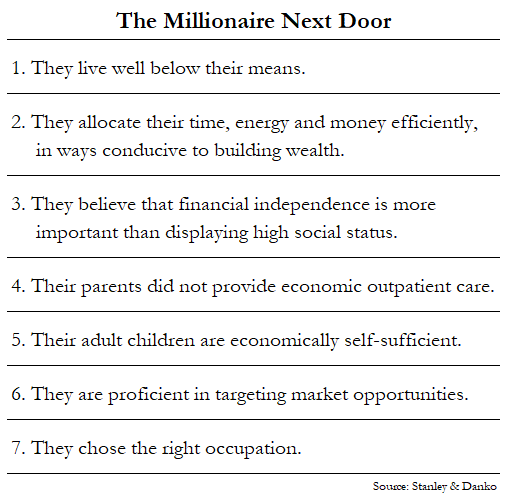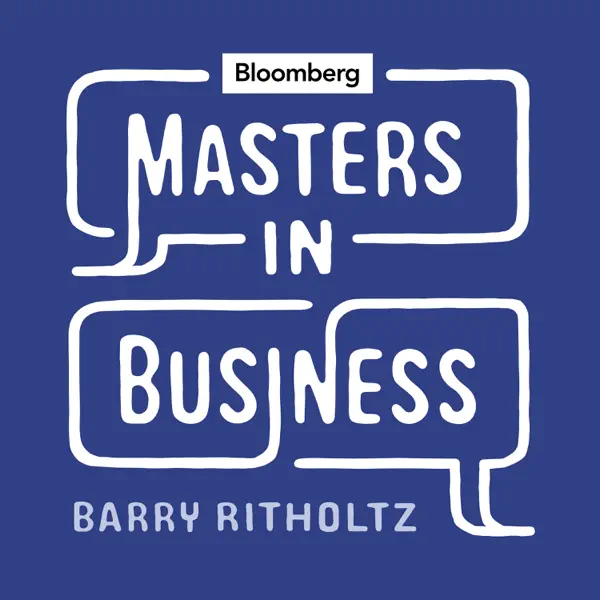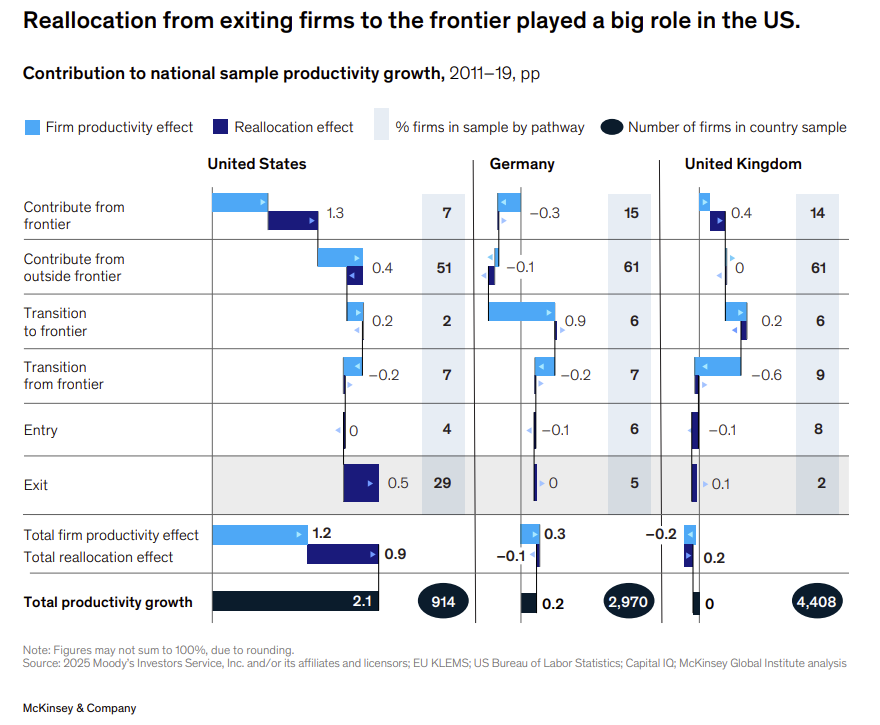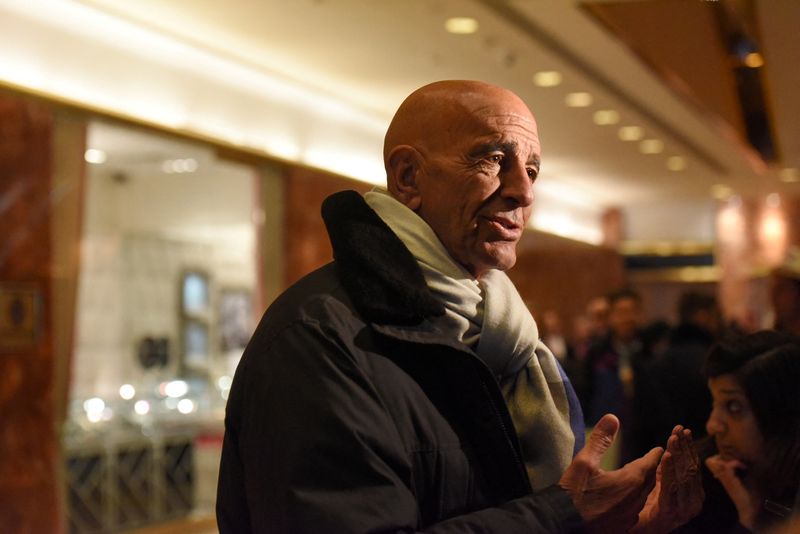Saudi Arabia has doubled the share of women in the workforce since 2015—but obstacles remain
Women in Saudi Arabia now own 45% of small- and medium-sized businesses. They're still rare, however, in the top ranks of bigger companies.

Since Sundip Patel began expanding his business in Saudi Arabia three years ago, he says there’s been “astounding” growth in the kingdom structurally and socially. The co-founder and CEO of AVANA Companies, a direct private commercial lender, Patel works directly with women and minority entrepreneurs to build their companies. He says that things that would have been unthinkable in Saudi Arabia not long ago are now everyday occurrences, particularly as it relates to the treatment of women.
“People are accepting that women can be breadwinners,” says Patel. “Imagine that seven, eight years ago. That was not there, but it’s there now.”
What Patel, who has lived in the region at least part-time for the past 18 years, is experiencing is the changing landscape of Saudi Arabia following the creation of Vision 2030, a government program launched by de facto ruler Crown Prince Mohammed bin Salman in 2016 that seeks to diversify Saudi Arabia economically, socially, and culturally. As part of that mission, many of the barriers and mores that held women back from the workforce are no longer in place. Saudi women can now drive, travel freely without a guardian, converse with men they are not married to in public, and, yes, work.
The change in the country in less than 10 years has been dramatic. Women now comprise around 36% of the workforce, according to the government, up from 17.4% in 2015 and well past Vision 2030’s initial goal of 30%. The religious police—previously a threat to anyone not adhering to the kingdom’s strict conservative laws and norms, especially single women operating in the public sphere—are far less visible, particularly in large cities like Jedda.
Unrelated women and men can mingle in public—and in the workplace, eliminating one of the major obstacles to companies hiring women in the past. Saudi labor regulations explicitly prohibit wage discrimination based on gender, though the gender wage gap remains in practice, and can be as high as 49%, according to a study by the Saudi-based Alnahda Center for Research. And women do not need a male guardian’s permission to handle administrative business like leasing an office space.
Women also do not need a male guardian’s permission to secure a business loan. That has helped women flourish in the entrepreneurship scene, where they now lead 45% of the Kingdom’s small- and medium-sized enterprises, according to government figures. Female business leaders Lubna Olayan, of the Olayan Group conglomerate, who spoke this week at Fortune’s Most Powerful Women International Summit in Riyadh, and Adwa Al Dakheel, of Falak Investment Hub, are well-regarded throughout the country.
A push from the government
It helps that getting more women in the workforce is a priority of the Saudi government. There is a push for incubators and accelerators specifically for Saudi women, says Patel, and government support is strong. Monsha’at, the Saudi-equivalent of the U.S.’s Small Business Administration, hosts academies to train women entrepreneurs.
Women have made particular in-roads in retail, hospitality, teaching, health care, the civil service, and tourism, according to government statistics. Finance has also become more welcoming to women, both in Saudi Arabia and in the Gulf states with which the kingdom shares many cultural ties. Both women from the Middle East and North African region who appear on Fortune’s 2025 Most Powerful Women list are finance executives: Hana al Rostamani, Group CEO of First Abu Dhabi Bank; and Shaikha Al-Bahar, deputy group CEO of the National Bank of Kuwait.

As one result of the country’s earlier sex-segregation policies, women also have proliferated in the tech sector, says Rothna Begum, legal advocacy director at the New York-based Clooney Foundation for Justice’s Waging Justice for Women initiative. Many were able to learn coding on their own because it would enable them to work without being in a mixed environment.
It remains rare to find women at the top ranks of the corporate world or government in Saudi Arabia. Just a handful of women have reached senior level cabinet positions, including Al-Shihana bint Saleh al-Azzaz, an attorney who was recently appointed by MBS to chair the Saudi Authority for Intellectual Property.
Still, it’s hard to overstate how profoundly some women’s lives have changed.
“I think the biggest structural difficulty is the amount of time it takes to change long-standing social norms and expectations,” says Tim Callen, a visiting fellow at the independent nonprofit Arab Gulf States Institute. “But they are certainly changing. When I went to Riyadh in January, a female customs agent checked my passport both going in and leaving. That was unthinkable five years ago.”
“There’s a ton of what you would consider liberalization of society,” says Begum, who now lives in the United Kingdom. “It will be less segregated than it was even five to six years ago.”
“Saudi women came from not being involved in the economy to being fully involved, and they’re making it happen,” says Patel. “It’s amazing.”
‘No one can complain’
While the Vision 2030 statistics paint an optimistic picture, Begum, who was previously a women’s rights researcher for the Middle East and North Africa region of Human Rights Watch, says they belie an at times darker reality. Though the Crown Prince implemented the sweeping changes, he has also overseen one of the strictest crackdowns on criticism of the government in recent history.
Imprisonment and harsh treatment of activists, including torture and death sentences for some advocates, have had a chilling effect on speech, says Begum, who adds that even online, “the authorities do not tolerate dissent.”
The share of women in the workforce, though it exploded in the first few years of the program, has stagnated more recently, hovering between 33% and 36% since 2020, according to the government’s statistics. Begum believes that the flattening reflects women being scared to overstep. “We’re not going to see the types of women’s rights reforms that we need to see,” says Begum. “because no one can complain, no one can advocate for anything more.”
And while Saudi Arabia may be unrecognizable from just a few years ago, deeply held societal norms seldom change overnight, or even over a decade. Begum says there was hope when the Crown Prince first announced Vision 2030 that it would lead to the dismantling of the country’s male guardianship system. Instead, the Personal Status Law, codified in 2022, reinforced it.
Under that law, Saudi women must obtain a male guardian’s permission to marry, cannot divorce without petitioning a court on limited grounds, must still “obey” their husbands, and cannot abstain from sex without a husband’s approval.
All these norms put a ceiling on women’s economic freedom, advocates argue. “While some women are managing to get into workplaces and sectors of the labor market that we want, it really is up to the family and the man in charge,” Begum says. “If you are from a progressive, modern family, you might be okay, as long as you stay quiet.”

The country also boasts a significant migrant worker population, and women domestic workers, many of whom are migrants, “endure gruelling, abusive and discriminatory working conditions,” Amnesty International said in a new report. Although Vision 2030 introduced some reforms to Saudi Arabia’s labor law, domestic workers are excluded.
Change takes time, says Sundip Patel of AVANA. While there are more Saudi women in the workforce, there is also a lack of mentorship and networking infrastructure for them, meaning many aren’t able to level up their careers, at least not yet. Women in the C-Suite, or even the level below, remain rare, he notes. A lot can change in a decade, but even more can stay the same.
“The capability of women being sort of fully ingrained in the economy has just been very recent, 10 years,” he says. “Experience is the best teacher. So you need time to groom and cultivate this knowledge.”
This story was originally featured on Fortune.com






